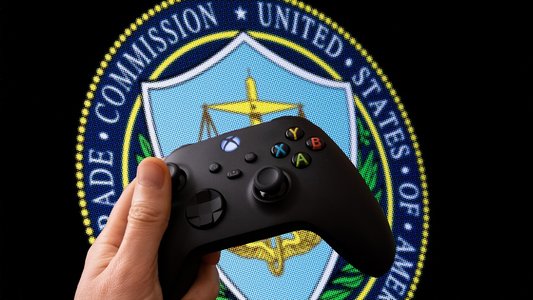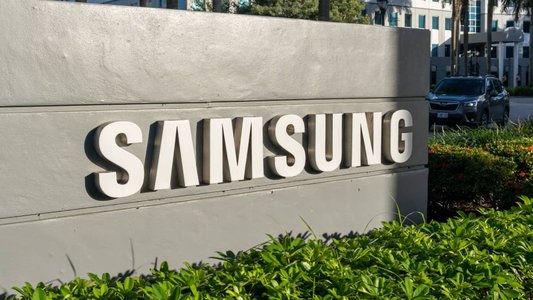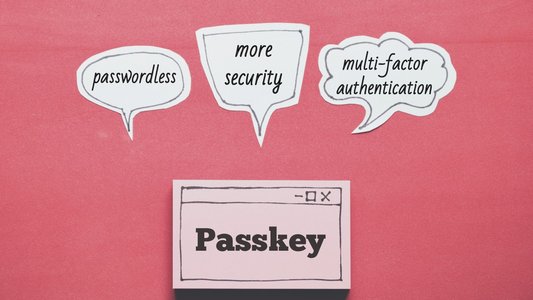The enormous global costs of ransomware attacks on the manufacturing sector have been laid bare in a new analysis by Comparitech.
The firm reviewed 478 confirmed ransomware attacks on the manufacturing companies from 2018 to July 2023, using its worldwide tracker to understand the true cost of such incidents. This includes the amount of downtime caused, the volume of data stolen, how much the ransom demands were and whether those demands were met.
Eye-Watering Ransomware Costs
Using findings from a study in 2017, which showed the average cost of downtime is $8,662 per minute across all industries, Comparitech estimated that manufacturers around the world have lost an estimated $46.2bn to downtime from ransomware attacks over the five and half year period.
This could be an underestimate, Comparitech argued, as downtime in manufacturing is particularly impactful compared to many other sectors. This is because a halt in manufacturing production directly impacts sales.
The research showed that average downtime caused by ransomware nearly doubled in 2022 versus 2021, rising from 6.4 to 12.2 days. Additionally, there was a large gap in the longest downtime period recorded in each of the two periods – 32 days in 2021 and 76 days in 2022.
Rebecca Moody, head of data research at Comparitech, told Infosecurity that a likely factor for the increasing downtime is attackers “evolving their malware to stay one step ahead” of organizations.
Additionally, Comparitech researchers observed a “dramatic” variation in ransom demands issued, ranging from $5,000 to $50m. The sum of $50m was demanded on four occasions over the period analyzed, twice each from the REvil and LockBit gangs.
The average ransom demand was highest in 2021, at $21.9m. This fell to $8.8m in 2022 and is currently $1.7m so far in 2023, according to the analysis.
Encouragingly, only four manufacturing companies are known to have paid extortion demands, but the researchers noted that “many organizations will withhold this information in fear it makes them more vulnerable to these attacks.”
The data also showed that at least 7.5 million records were breached as a result of the 478 attacks over the period.
No tags.




































